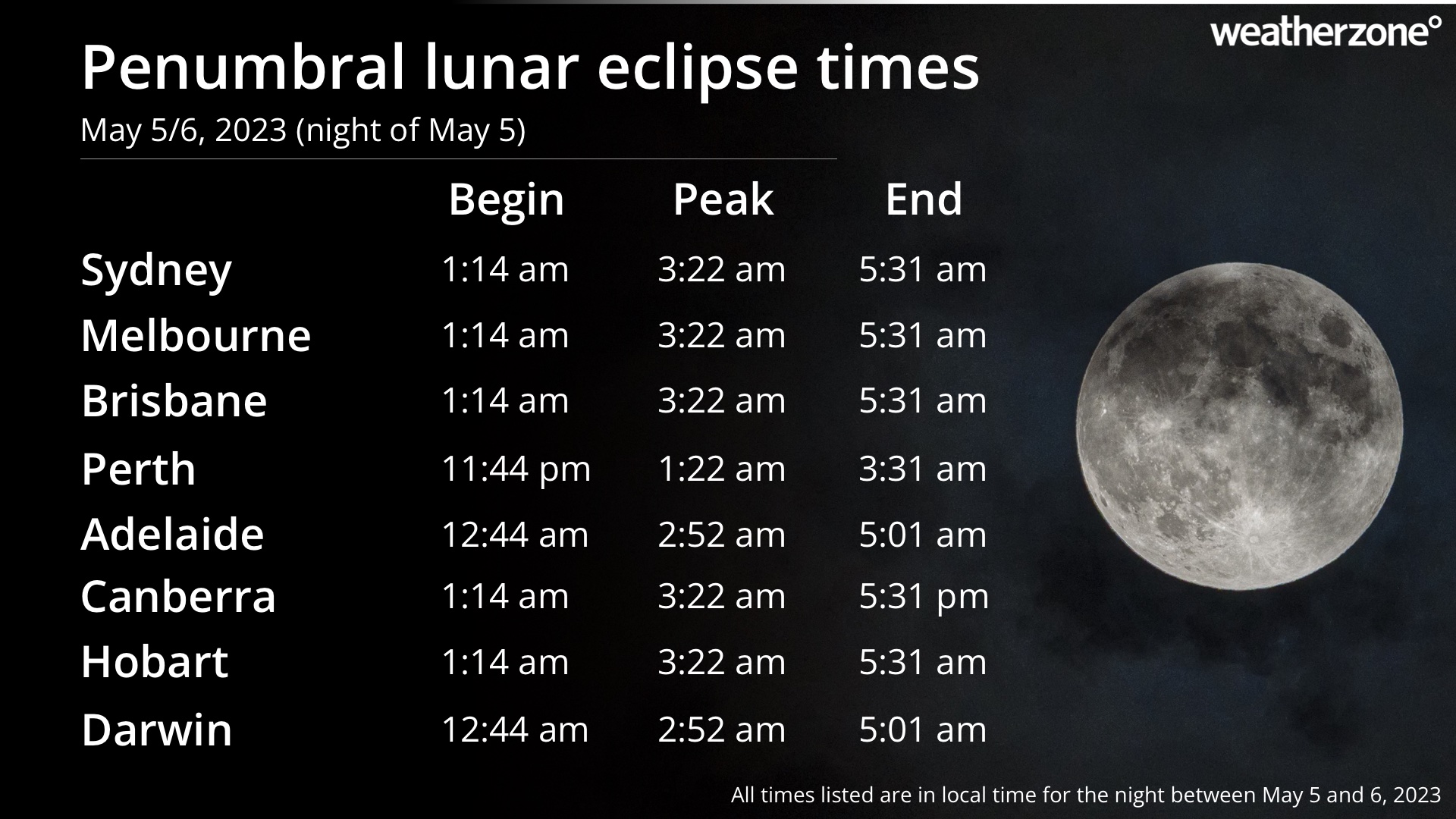Star Wars Day followed by lunar eclipse and meteor shower
May the 4th be with you – but if you are interested in space, May the 5th and 6th might be more exciting.
May 4 has become internationally known as Star Wars Day, an informal commemorative day to celebrate Star Wars. The day originated from the pun “May the 4th be with you”, which is a play on words from the famous Star Wars catchphrase “May the Force be with you”.
This year, fans of stars have a couple of things to get excited about in the nights following Star Wars Day.
On the night of May 5, a penumbral lunar eclipse will be visible from cloud-free areas in Australia. While not the full-blown blood moon caused by total lunar eclipses, this week’s penumbral eclipse will cause the moon to dim slightly as it passes through the outer part of Earth’s shadow.
All lunar eclipses occur when the Earth passes between the Sun and the Moon, causing the Moon to pass through Earth’s shadow. This is different to last month’s solar eclipse, which occurred when the Moon passed between the Earth and Sun, causing the Moon to cast a shadow on Earth.
Unlike solar eclipses, Friday night’s penumbral lunar eclipse will be safe to watch without any eye protection. All you need to do is wake up, head outside and find a cloud-free area to see the moon.

Image: Penumbral lunar eclipse viewing times for the night of May 5, 2023.
In addition to the lunar eclipse on Friday night, Australian skywatchers will have an opportunity to see the peak of the Eta Aquarids meteor shower on the night between May 6 and 7.
The Eta Aquarids meteor shower occurs in April and May each year, with this year’s peak occurring on the night of May 6. Look towards the east or northeast during the early hours of May 7 and see if you can spot any shooting stars.
Happy skywatching and May the 4th (5th and 6th) be with you.